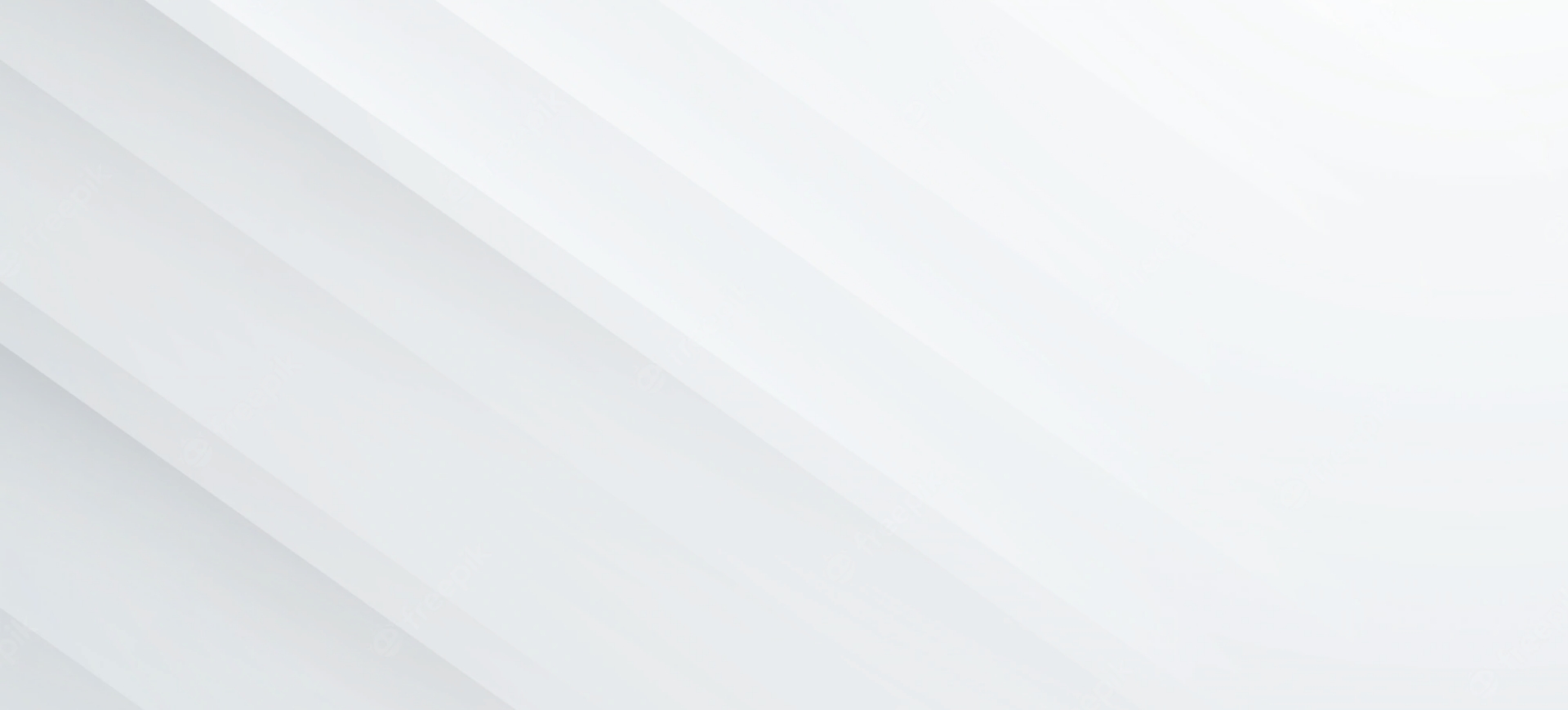About IAIAI
This webpage provides releases and other information related to the IIMA-AuraArt Indian Art (Price) Index (IAIAI) launched in November 2022.
IAIAI is a quarterly price index reflecting price movement in constant-quality modern art (paintings) by Indian artists auctioned over time. Currently, the index is based on artwork produced by top 25 artists.
The index has been put together using a data-driven methodology that analyses price variations in artwork auctions of top 25 Indian artists across the globe over 20-years. IAIAI therefore can offer, art enthusiasts, financiers, insurers, and other stakeholders across the sector, data to calculate the percentage change in the likely market price of an artwork over time.
Media Kit
FAQs about the IAIAI
What is IAIAI?
IAIAI stands for IIMA-AuraArt Indian Art (Price) Index. It is a quarterly, “constant-quality” price index of art in India.
Who develops and maintains the IAIA Index?
IAIAI is developed by IIM Ahmedabad (IIMA), the premier management school of India in collaboration with Aura Art Development Pvt Ltd, a Mumbai-based leading Integrated Art House. On 2nd December 2021 Dr. Errol D’Souza, Director IIMA and Mr. Rishiraj Sethi, Director, Aura Art Development Pvt Ltd signed an MoU to jointly maintain and update the index. The programming algorithm for the index development was ideated, and first executed by Prof. Prashant Das in 2022. The index was launched at the Bombay Stock Exchange Auditorium (Mumbai) on 24th November 2022.
How to Use the IAIA Index?
IAIAI provides a big picture idea of how the Fine Art (produced by top-25 artists) prices are evolving in India. The price index levels in the first quarter of 2001 is standardized at 100. Suppose the index moves up to 121 in the first quarter of 2003. This implies that on average, Art price has appreciated at a CAGR of 11% during these two years.
Can IAIAI be used as a discount rate for Art Valuation?
IAIAI provides a big picture idea of how the Fine Art prices are evolving in India and focuses solely on the capital appreciation. For most artwork, price appreciation is the sole source for generating returns. Therefore, the IAIAI returns, indeed, can be a useful proxy for the discount rate
What is the Methodology behind the IAIA Index?
IAIAI is based on hedonic pricing method that involves developing regression model from the past listings data.
What is the big deal (about the IAIA Index method)?
Simplistic index methods (e.g. average price, median price) are prone to sampling biases. Repeat-Sales index are not feasible when resale data is not easily available. IAIAI applies a hedonic pricing model that control for (filters out) the difference in attributes (“quality”) across the artworks sold in different time periods and teases out the price movements attributable to the passage of time.
How often is the IAIAI Index updated?
As in 2022, the two parties (IIMA and Aura Art) have agreed to publish quarterly price indices updated twice a year.
What is the coverage of the IAIAI Index?
Currently IAIAI is based on auction prices of top 25 Indian modern artists (based on the number of their works auctioned).
What are the appropriate uses of the index?
The index could be used as a broad tracker of Fine Art prices in India over time. The index could be examined in relation to other macroeconomic indicators.
Where are the limitations of the IAIA Index?
The hedonic pricing method on which IAIAI is developed, is based on some assumptions that may be violated by the data. As such, the index may not be the perfect reflection of reality. For example, within the sample, the price movements may vary across art attributes (e.g. the artist, medium, etc.). Another limitation of the method is that one must retrospectively update the past index values with the arrival of new data. Further, due to data limitations the index focuses on top-25 artists. Over time, other artists may gain prominence and would qualify for inclusion in the index. Besides, the price movement in artwork of these top artists may deviate from other artists.




